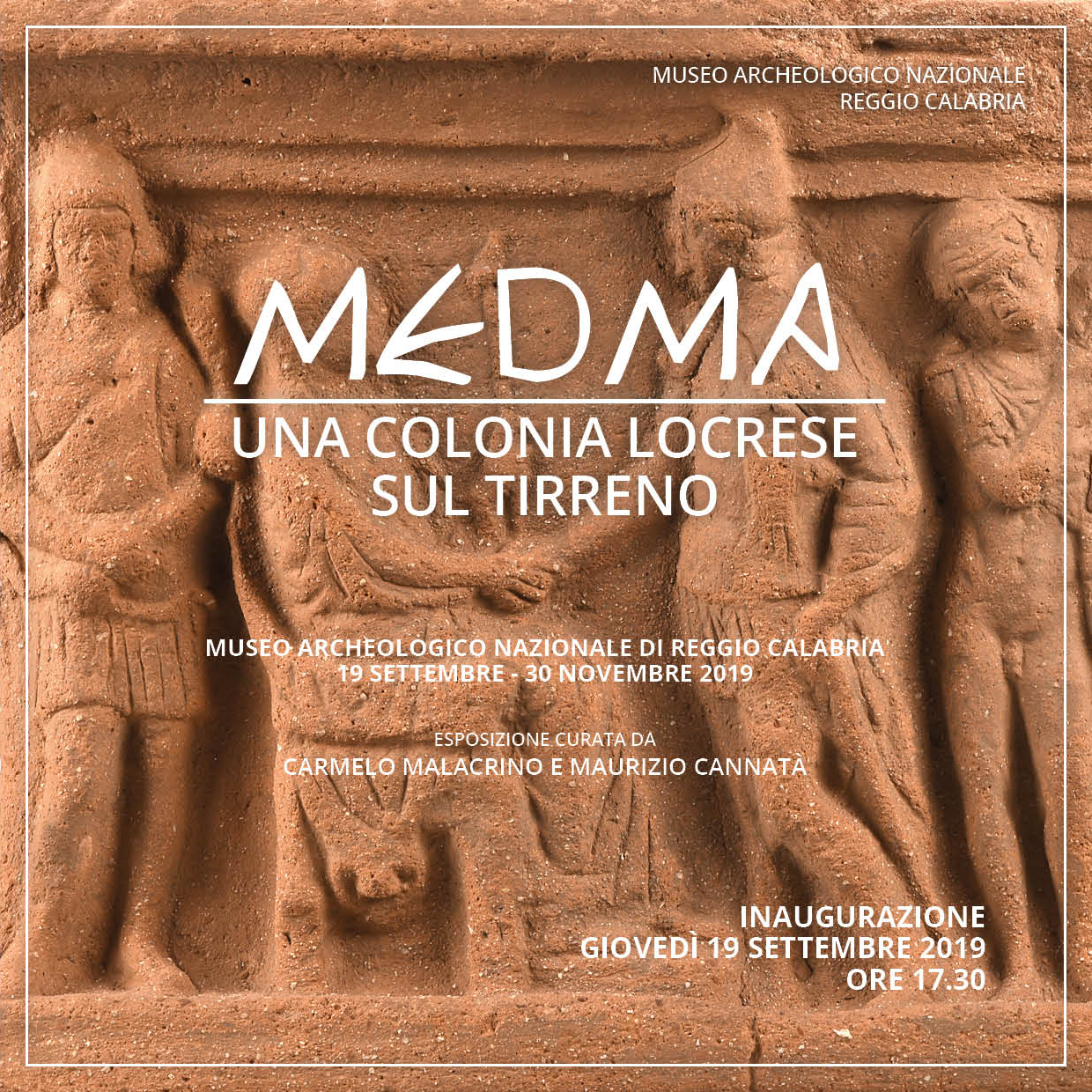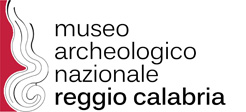Medma. From September 19th to November 30th, 2019

An autumn full of events promoting the Calabrian cultural heritage is being prepared at the National Archaeological Museum of Reggio Calabria. As part of the so-called “Welcome Exhibitions” project, on Thursday, September 19th, at 5.30 pm, in the Piazza Paolo Orsi space, it will be inaugurated “Medma. A Locrian colony on the Tyrrhenian Sea”.
The exhibition, curated by the director of the MArRC Carmelo Malacrino with the archaeologist Maurizio Cannatà, is of high identity value.
It will be open until November 30th, 2019.
Medma was an important city of Magna Graecia, a nerve center of cultural and commercial exchanges in the Mediterranean and of artistic production of great value. Evidence of the Locrian colony, founded between the end of the 7th and the beginning of the 6th century BC in the area of present-day Rosarno, is found in historians and geographers of antiquity of clear fame, such as Strabon, Tucidide, Diodoro Siculo.
The archaeological collection of the MArRC contains numerous valuable finds coming from the excavations in the territory of the ancient Medma, in particular terracottas produced by local artisans. Certain female votive statues of various sizes attest to the cult of Kore-Persephone. While the finely crafted clay heads, with stylishly styled, smooth bipartite or curls, often adorned by artistic jewels, which emphasize the strong features, the large almond-shaped eyes with puffy eyelids and the enigmatic smiles, constitute a unicum in the artisan production in Magna Graecia for quantity and variety of typologies and styles. Particular attention should also be paid to a group of clay arulas (terracotta altars) that reproduce scenes from the contemporary Attic tragedy. A strongly identifying characteristic of high artistic value, which is not reflected in productions similar to Locri and Hipponion.
For the visual communication of the exhibition, the arula from the Necropolis of Nolio, from the 5th century BC had been inspired by the tragedy “Andromeda” by Sophocles: at the center of the scene, the hero Perseus, dressed in a hat, quiver and ax, shakes hands in a pact with the king of the Ethiopians Cepheus, seated on a throne, pledging to free them his daughter Andromeda from the clutches of the sea monster to which she had been sacrificed to appease the god of the sea Poseidon, with the promise of having her as wife as a prize.
The other artifact chosen for the image communication of the exhibition is the female statuette of an offerer from the sacred area of Calderazzo, also from the 5th century BC, among the most representative objects of the Medo craftsmanship, as it is less subject to the influences of great Greek statuary.
